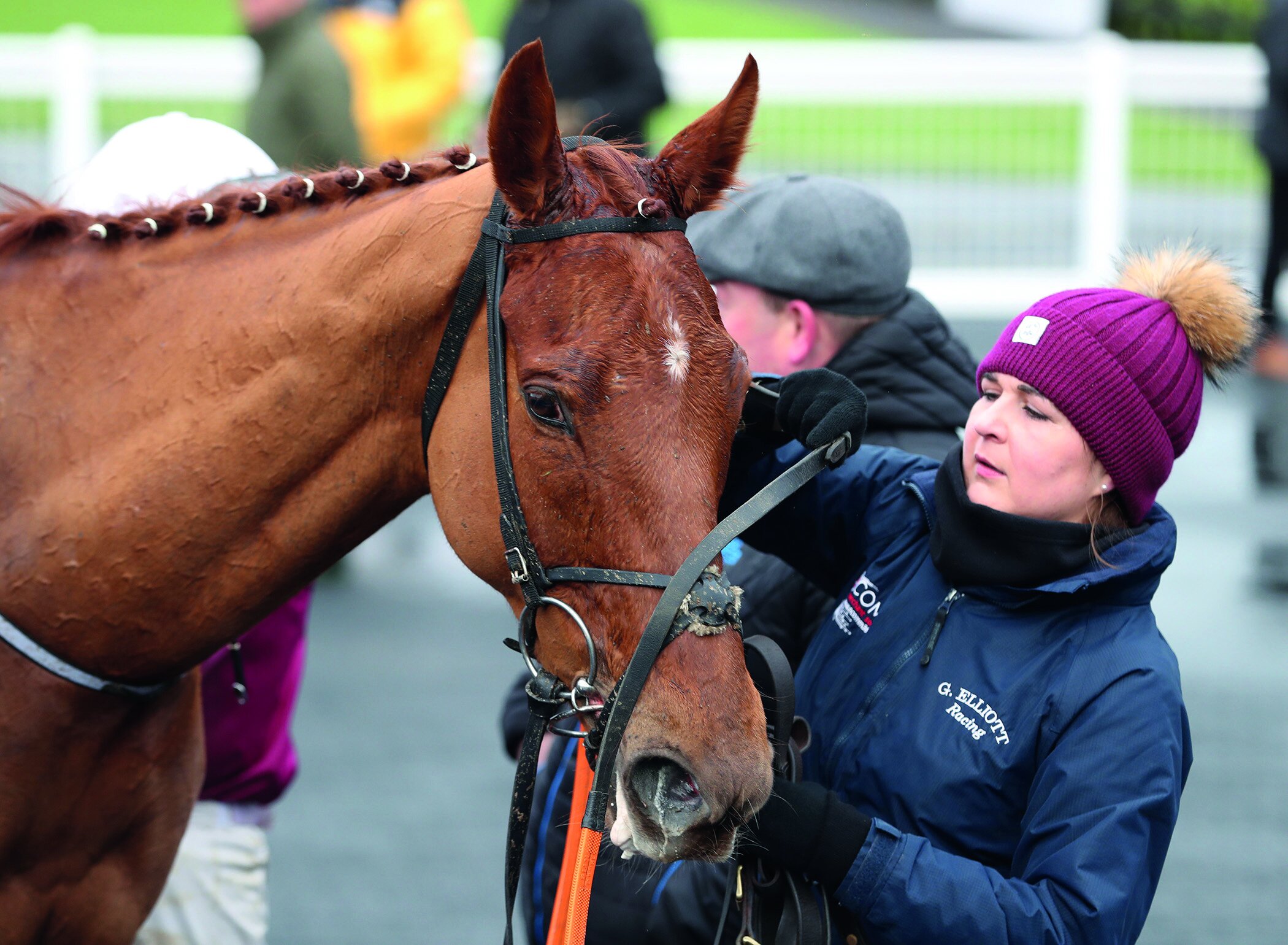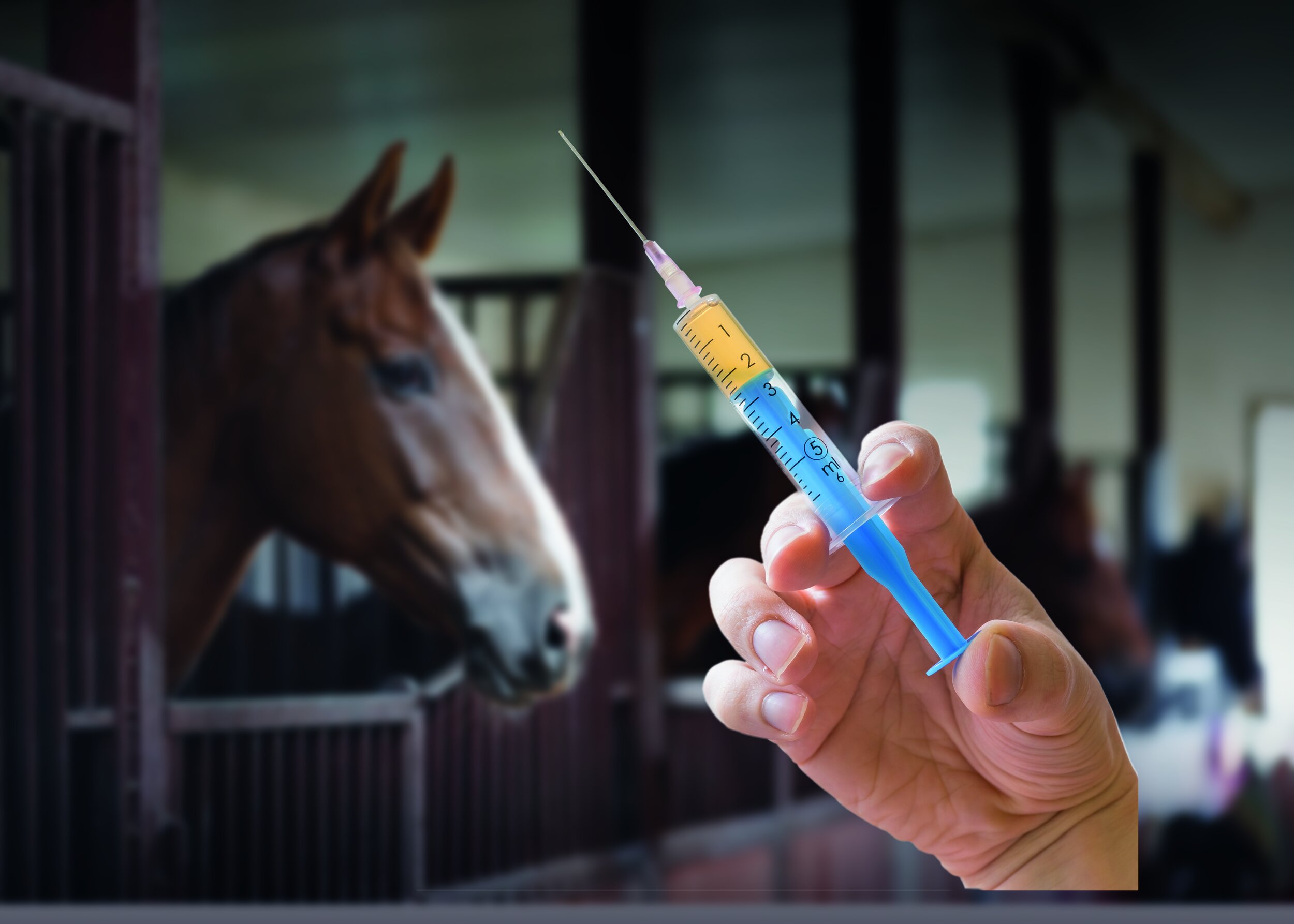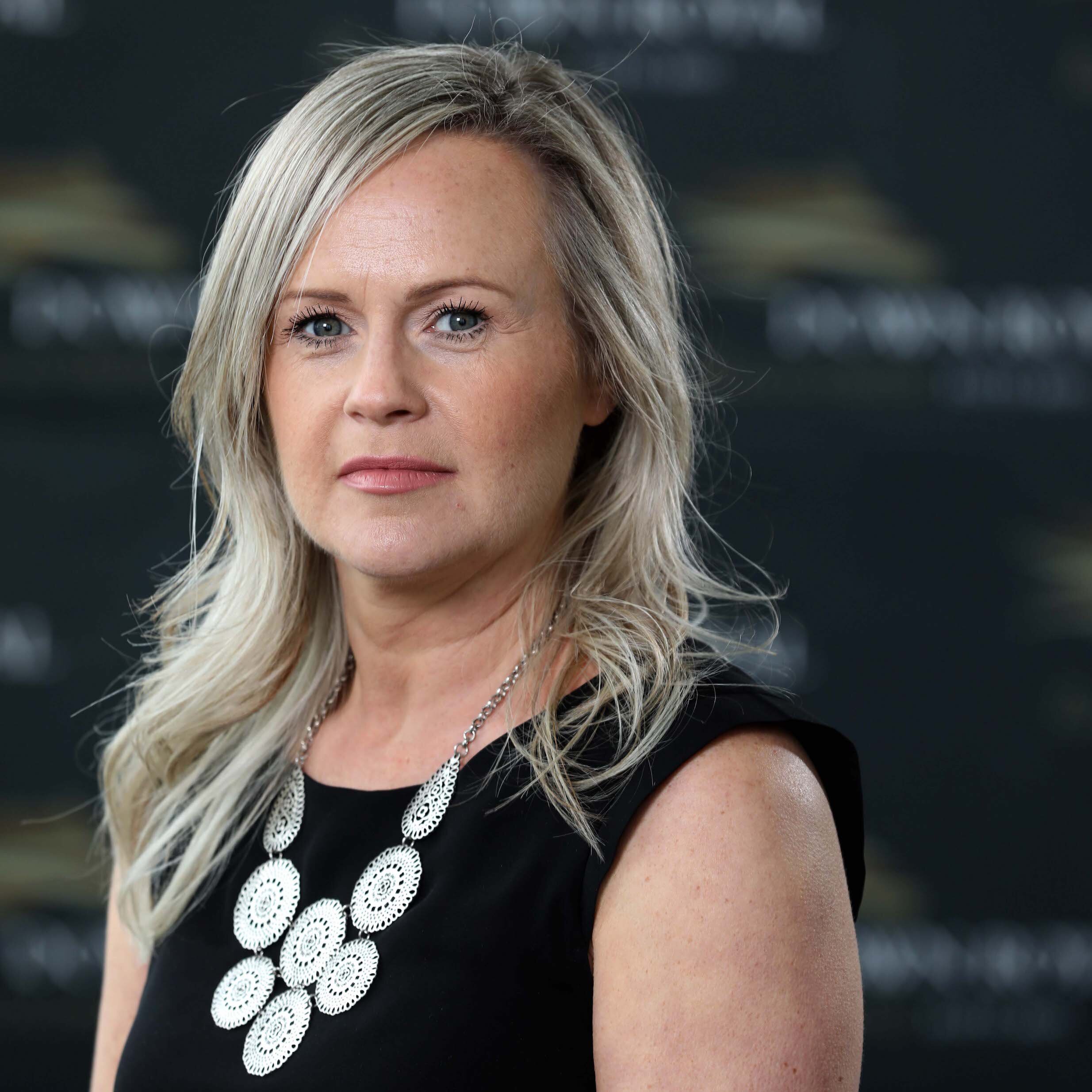Focus on two-year-olds – is the programme working?
/Author - Lissa Oliver
We are living in an age of consumerism and disposable products, instant gratification the main aim for many. Now it seems that mentality is spilling over into horse racing. The two-year-old thoroughbred is fighting more than one battle—the balance of precocity over physical development, tough opposition on the racetrack, even tougher opposition in the marketplace competing against the ready-made horse in training, and the ultimate challenge of the limitation of the two-year-old racing programme.
If the trainer had more say in the programme, there would appear to be a consensus of agreement on how the juvenile programme might look. Whether French, German, British or Irish, there are similar needs to assist the average two-year-old to progress and go forward at three. But as Dominik Moser highlights, the programme and framing of races may not be the only contentious issue.
“I think we are beginning to lose the point of why we do this—why we breed and race horses,” Moser says. “In Germany, still, we have a big family line; the pedigree is why we race. My father was a jockey, and I come from the breeding side. I see how much time and luck it takes to bring a horse to the racetrack, and our breeders understand that. We breed for more than one season of racing.
“I want every horse to be a good broodmare or stallion, and this is my job; but the new generation focuses more on a fast return of investment rather than achieving black type performance with a horse. We have auction races with big prize money for two-year-olds, so the new generation of owners can get their money back quickly and buy a new horse and a future career is not important. It doesn’t matter to them if the horse breaks down; they can just buy a new one.”
Breeding for precocity—or as some would say, for the sales ring—is not a new problem and has been an increasing concern in recent years. But surprisingly, the two-year-old programme doesn’t seem to be catering to the young speedsters either. By mid-summer, the two-year-old sprinter is beginning to run out of opportunities, and this seems to be an issue across the board throughout Europe.
“I would say we’re reasonably happy with the two-year-old programme in Ireland, although the more you get into the season, the fewer the opportunities at 5f (1000m) and 6f (1200m), which is something we keep a careful eye on,” says Michael Grassick, CEO of the IRTA. “Where those races are staged, they attract fewer runners, so it’s hard to argue a stronger need for them.”
Willie McCreery takes that further, arguing, “In Ireland, they don’t cater for sprinters at all. I would love our two-year-olds to have more sprint options at the end of the year. We cater a lot for the top-quality horses—the ones with the big pedigrees who cost big money and will make up into Derby types.”
There is a similar situation in France, Gina Rarick pointing out, “The whole programme is geared to precocious youngsters and speed, but then there are not enough races to place them in. The two-year-olds from Britain and Ireland come over and win all the top two-year-old races because France Galop is not giving us a programme. The early horse has got enough options at the start of the season, but some that are only starting now have no races at their optimum distance.
“The biggest problem for two-year-olds is if they can’t run over 7f (1400m) by September, then basically they’re screwed. There is almost nothing for them at 5f (1000m)—maybe a few 6f (1200m) races for horses that have not run before. It’s really hard to find a race for them over a shorter distance, especially within a reasonable travel distance from the yard.”
Gavin Hernon agrees, pointing out, “There are races there for the sprinter, but from 1 September to the end of November, there are only two conditions races on a straight track and only five races under 1400m (7f). I think there will be more focus put on those opportunities in the future—it’s part of the France Galop plan. The programme is good for the mile to 2400m (12f) two-year-old, but people don’t buy those horses. Even in August, we’re already having 1800m (9f) maidens, and in September we have 2000m (10f) races.”
In Germany, the later spring and later foals dictate the programme to an extent, with two-year-olds not starting until May, and many of them the middle-distance three-year-old in the making, around which the programme is designed. However, the programme is not the biggest difficulty German trainers are facing.
“We can’t start our two-year-olds earlier than May, and nearly 20% of our two-year-olds in training start,” explains Dominik Moser. “I don’t mind this. I like to protect them, and I’m not under pressure from my owners. They’re not thinking about a two-year-old career; they prefer to wait for the big races for three- and four-year-olds.
CLICK HERE to return to issue contents.
BUY THIS ISSUE IN PRINT OR DOWNLOAD
4 x print issue and online subscription to European Trainer & online North American Trainer. Access to all digital back issues of both editions.
Your subscription will start with the July to September issue - published at the end of June.
If you wish to receive a copy of the most recent issue, please select this as an additional order.













































































